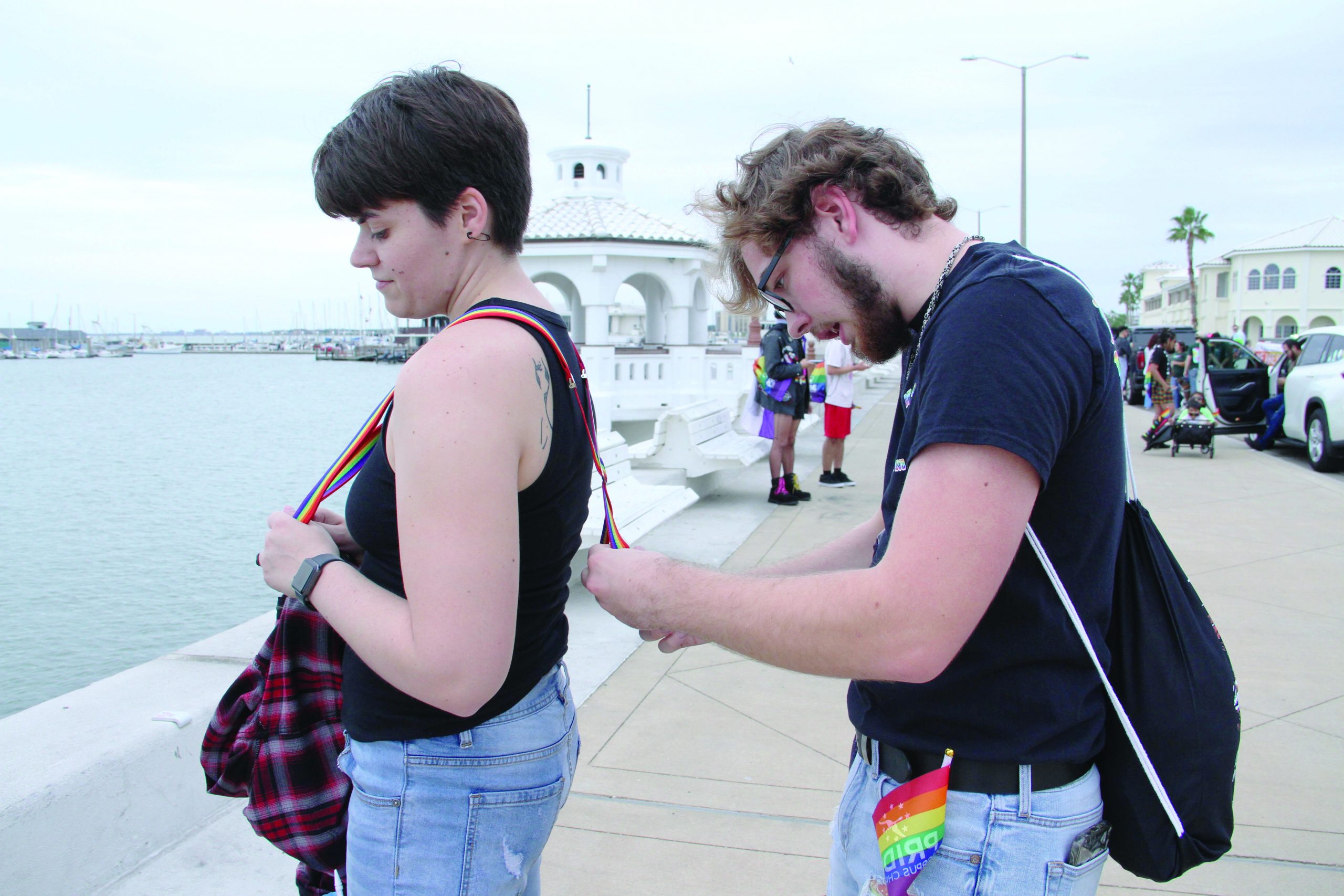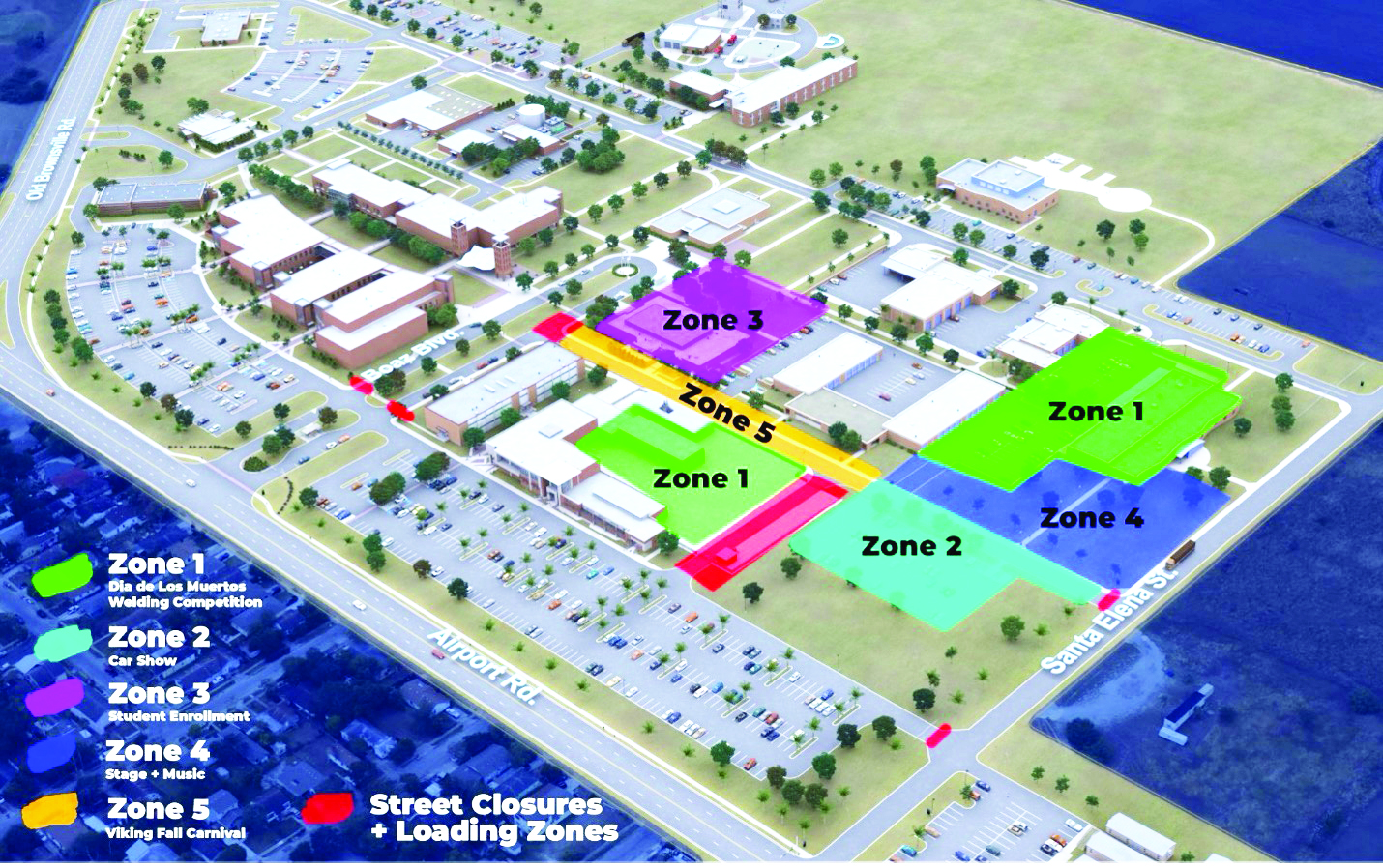GenCure aims to connect patients with marrow donors
Every three minutes someone is diagnosed with a blood cancer, such as leukemia or lymphoma — 20 an hour and 480 per day, according to Leticia Mondragon, a GenCure community engagement representative who covers South Texas.
”My main job is to educate the community how important it is to be a part of someone’s cure by signing up on the Be The Match registry,” Mondragon said.
GenCure is in partnership with Be The Match, a national registry that connects donors with blood cancer patients in need of stem cell or bone marrow donations. Seventy percent of their patients need to find a marrow match outside of their family.
According to the registry’s statistics, only 1 out of every 430 patients in the registry will match with a donor.
“We’re always looking for more Hispanic and Latinos to join our registry,” Mondragon said. “There is a 10 percent representation of Latinos on our registry compared to over 60 percent of Caucasians.”
The need for all ethnicities to join the registry is important because the matches are based on DNA and ethnicity, not blood type. Because of this, a donor will more than likely look like the patient they are matched with.
Mondragon said a big reason people aren’t joining the registry is because there is a fear of being matched and then needing to go through a surgery to donate, but the majority of the time a surgery isn’t necessary.
“The only reason you would be recommended to do the surgical procedure is if you’re a match for a baby or someone with a very progressive form of cancer,” Mondragon said, adding that surgery is only required in about 25 percent of cases.
All donations are done at BioBridge Global in San Antonio, and GenCure will cover all the costs that are involved.
“We set you up in a nice hotel, pay for daycare. We just want your life-saving gift and a little bit of your time, and you could potentially cure someone of cancer,” Mondragon said.
If matched, at the time of the donation GenCure lets the donor know the age of the patient, what they’re suffering from and their gender. The patient only knows the age and gender of the donor. The company doesn’t identify or exchange names until after a year of the donation; all of this is at the doctor’s request.
“After a year you are able to meet the person face to face. Before you meet them, you are able to write them letters and they can write you letters; they go to the office in San Antonio then we’ll send it to the receiver.”
To sign up a potential donor has to be between ages 18-44, and they’ll be on the registry until they’re 61.
The one-time process of signing up can be done on the website join.bethematch.org or by texting “cure96” to 61474. The consent form then downloads to your phone and you answer some questions.
“As of July 1 we went digital so now we’re making it more accessible and easier for people to sign up on our registry so now with a simple text you’re able to sign up. Within about seven to 10 days you get a swab kit in the mail,” Mondragon said. “You swab 10 seconds on both the left and right cheek. That swab kit is very important to be sent back; that will determine if you are a potential match for someone.”
According to Mondragon, there are thousands of patients in need of a stem cell or bone marrow transplant. By joining the registry those odds of survival and help can increase.
“GenCure is sometimes a person’s last chance of help,” Mondragon said. “When someone reaches out to our organization it’s basically their last chance for hope, last chance for survival.”





